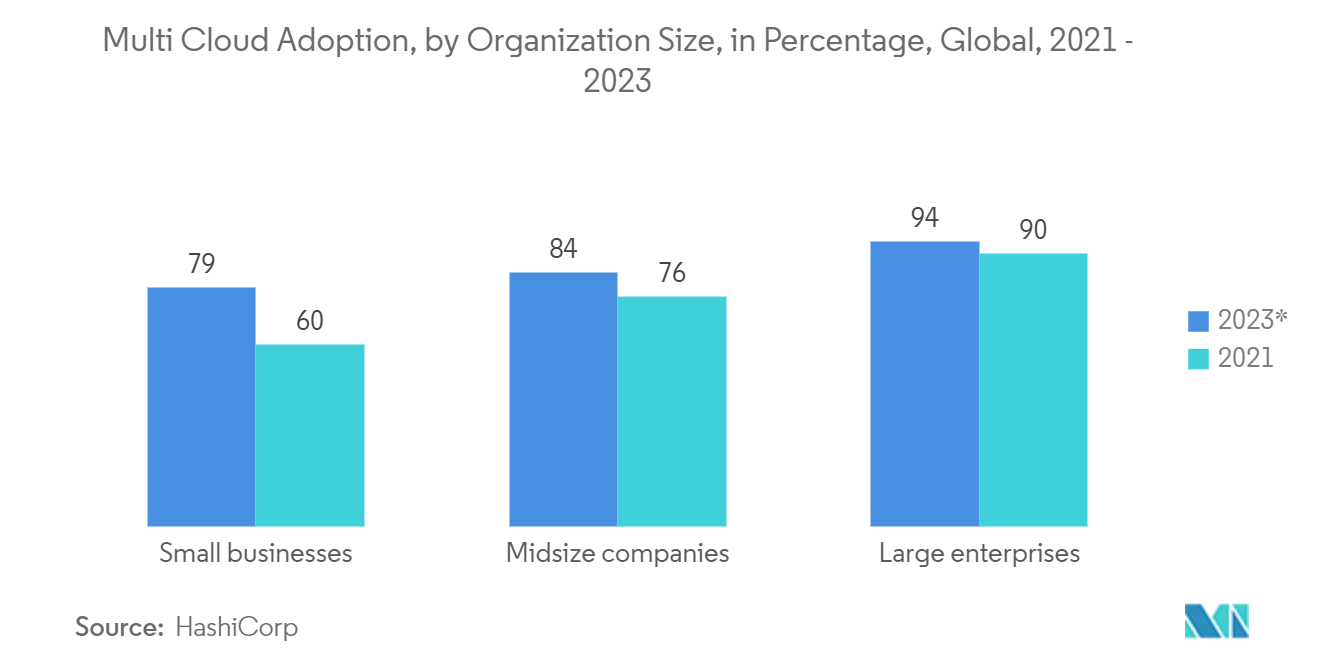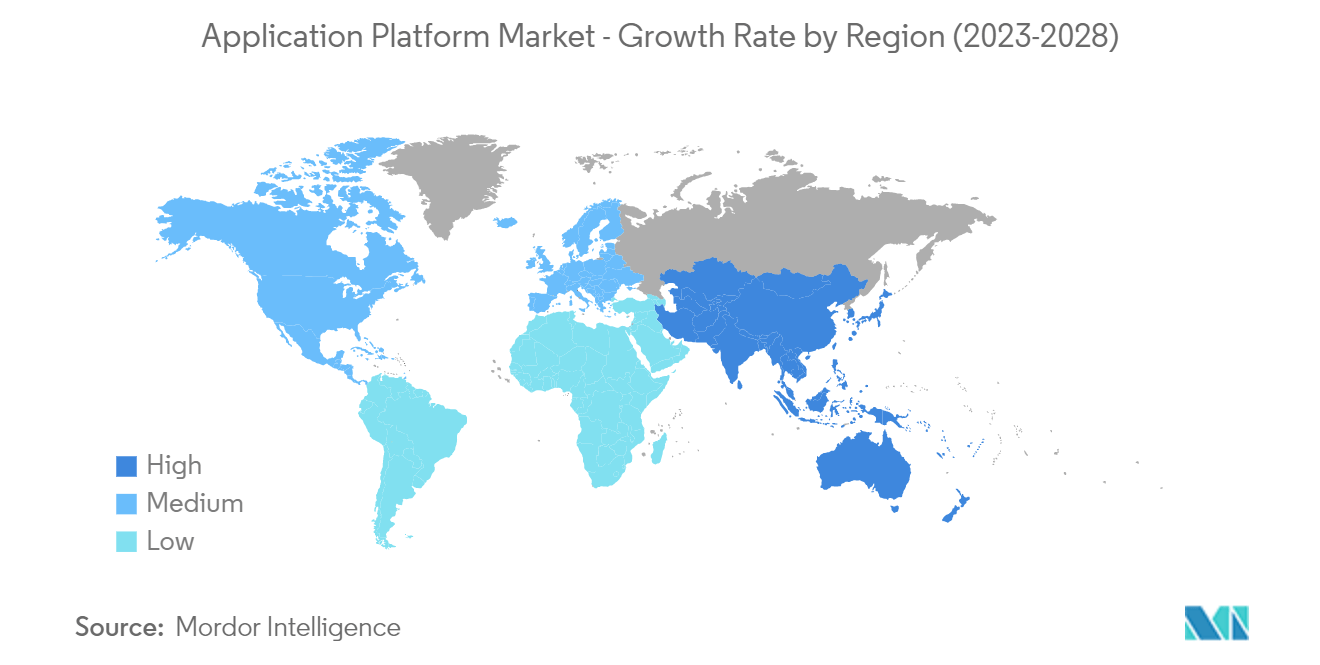Market Trends of Application Platform Industry
This section covers the major market trends shaping the Application Platform Market according to our research experts:
Growing Popularity of Cloud-based Services is Expected to Drive the Market
- Companies are gradually focusing on decreasing their overall capital expenditure by using modern technologies. Small and medium enterprises are adopting cloud-based services such as aPaaS solutions to leverage vital benefits, including reduced setup and labor costs and minimized expansion costs. Also, cloud-based solutions enable enterprises to use a single, all-purpose development framework as pay-per-need and pay-per-use.
- Moreover, the Information Technology industry is undergoing unprecedented change with the growing demand for intuitive customer-facing applications. Further, owing to the ever-increasing demand, there is an increase in competition, and speed in the market has become a crucial factor for many businesses.
- Many software solutions have been transformed from on-premises into the cloud, evidenced by the transition towards application programming interfaces (APIs) and microservices. As technology stacks developed, there was growth in the emergence of PaaS. These services offer application development and deployment compared to traditional PaaS solutions focusing on middleware.
- aPaaS platforms provide developers access to all the necessary tools that are required to iterate projects. Some platforms also offer intuitive features such as drag and drag, hot reloading, and other 3rd path integrations like operating systems, databases, and vulnerability management, making development easier. Further, the platform also offers horizontal and vertical scalability thus, providing businesses an opportunity to additionally add and upgrade their databases.
- According to a survey by HashiCorp, a software company, in 2021, 90 percent of respondents from large enterprises indicated that they have already adopted the multi cloud. However, smaller businesses are lagging behind in terms of multi-cloud adoption mainly due to the fact that they have smaller budgets for cloud migrations.

North America to Hold Major Share
- North America is expected to hold a significant market share majorly due to the mature tech market in regions such as the United States. Many regional companies are stepping into a new era of hybrid IT services that combine public, private, and traditional IT infrastructure. These organizations have implemented a multi-cloud strategy as it is aiding them in improving their business and delivering services to customers.
- Additionally, the COVID-19 pandemic has accelerated cloud usage for US companies in every industry. Many US enterprises prioritizing cloud adoption in their organization noted the increased importance of cloud due to the pandemic.
- Also, there has been a trend of increasing technological spending driven by demand and the need for software services' speedy delivery. For instance, robust infrastructure and platforms in the US market coupled with a large installed base of users with connected devices and bandwidth for these devices to communicate have paved the way for software and service industry investments.
- Moreover, software and tech services account for around half of the technology market spending, which is significantly higher than that of most other global regions. These instances showcase the positive outlook of the market and are expected to drive further the application platform's adoption in the region.
- Further, emerging companies in the region are introducing new products or services to gain a competitive advantage. For instance, in October 2022, a United States-based start-up, Fermyon announced that is had raised USD 20 million in early-stage funding for its cloud application platform. The startup announced its latest funding round by introducing Fermyon Cloud, a new platform-as-a-service offering. It is designed to make it easier for developers to build cloud applications using WebAssembly.
- Moreover, the Government of Canada has a "cloud-first" strategy whereby cloud services are identified and evaluated as the principal delivery option when initiating information technology investments, initiatives, strategies, and projects. The cloud will also allow the Government of Canada to harness the innovation of private-sector providers to make its information technology more agile. Such initiatives are expected to provide ample opportunities for the application platform.


